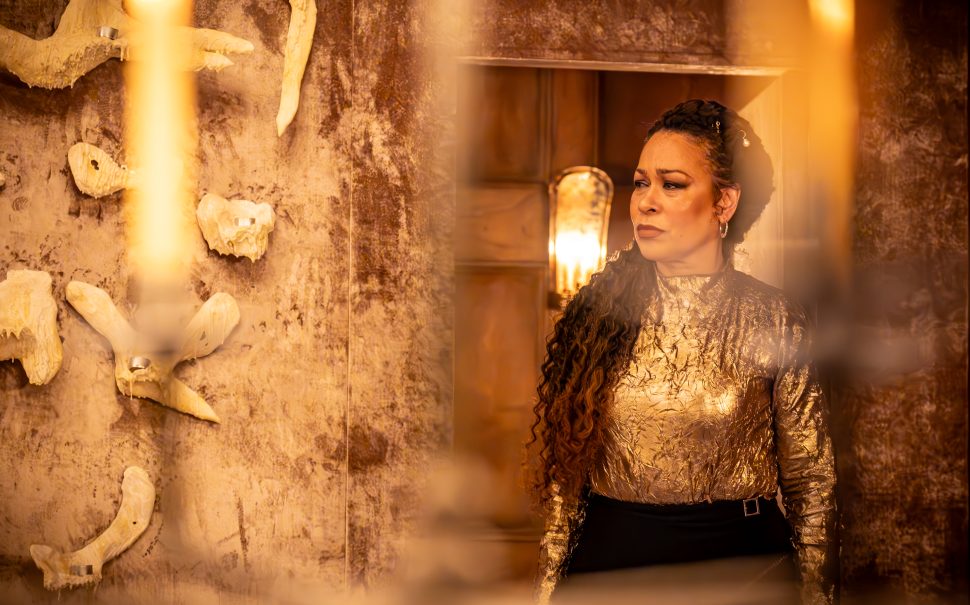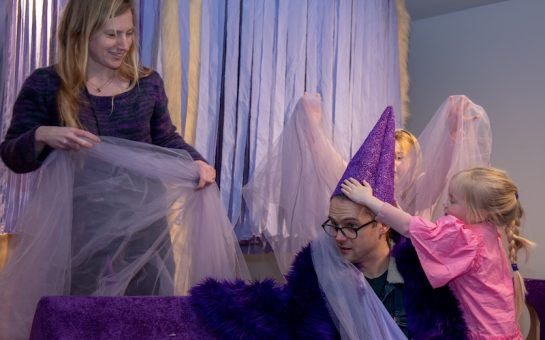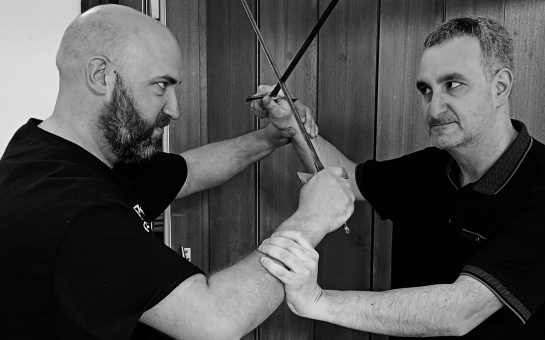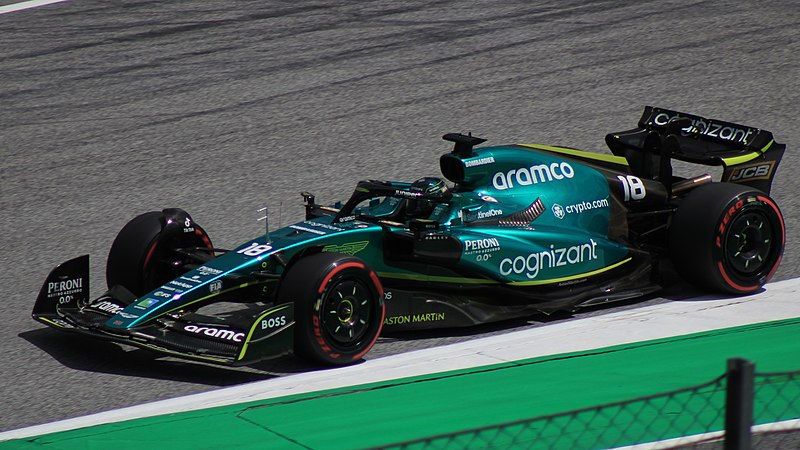As I watched Cymbeline, I was constantly feeling a sense of déjà vu.
Critics have long been cynical about the play, questioning whether William Shakespeare was past his prime when he wrote it.
At times the plot felt oddly familiar, as if you had mixed Hamlet, Othello and Romeo and Juliet in a blender.
But this production at The Globe‘s Sam Wanamaker Playhouse makes director Jennifer Tang’s fresh approach to the play both welcome and well-needed.
It’s one of Shakespeare’s less-performed plays, and this can be at least partially attributed to the complex plot and family structure which feels more akin to Jeremy Kyle’s UK than Jacobean England.
You have the King and Queen, his daughter, Innogen, and her son, Cloten, who are to be married, of course.
But Innogen’s true love is Posthumous.
The King also has two long lost sons, Guiderius and Arviragus.
In this amended version, things are further complicated. Tang’s approach involves turning Cymbeline on its head as our King is the Queen and Posthumous is also a woman.
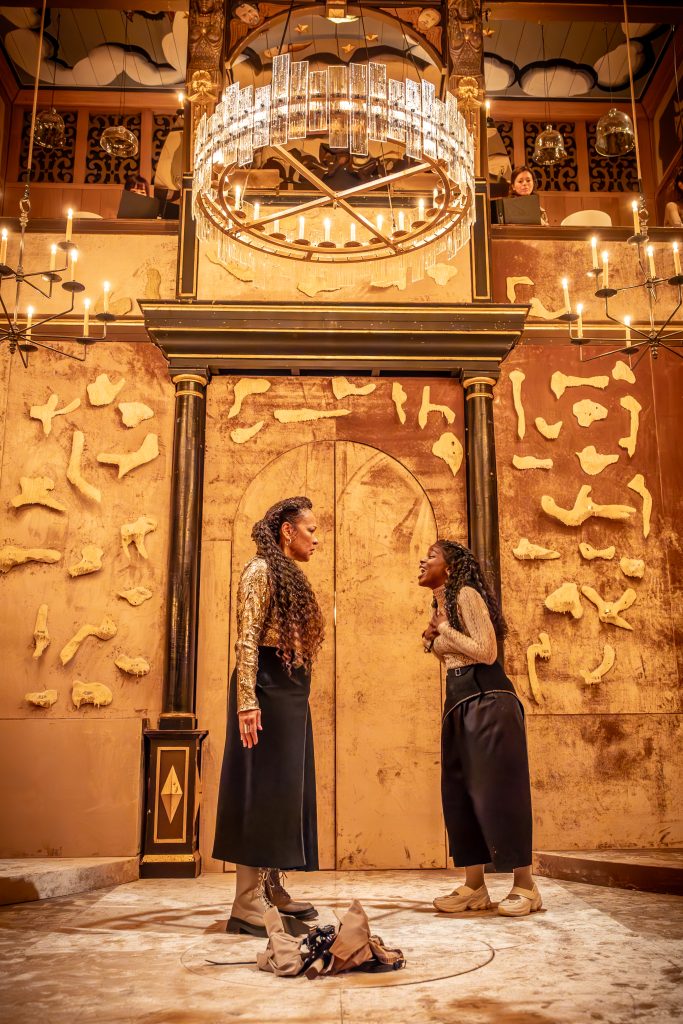
This gender-swap makes Cymbeline more potent to a contemporary audience, with the disfavoured union of Posthumous and Innogen echoing the just-about-tolerated response many in same sex relationships face from family members today.
As Tang seeks to make a play written in the early 1600s feel relevant in the 2020s, Cymbeline’s Ancient Rome-Ancient Britain dynamic reflects British imperial history to come.
In Cymbeline, the conflict between Rome and Britain involves themes of colonial rule and resistance.
Rome, as an imperial power, demands tribute, but Cymbeline refuses, leading to war.
Having Britain as the oppressed instead of the oppressor is thought-provoking, leaving audiences to focus upon how Britain was once a victim of imperialism, before creating an empire itself.
The stage and costume design enhances this idea, fusing old and new together.
Innogen wears Nike trainers alongside a more traditional skirt.
The music, composed by Laura Moody, takes inspiration from a variety of cultures, allowing this production to reflect on more than just Rome’s control of Britain, but of totalitarianism throughout the ages and around the world.
The cast’s performances are strong and particular praise must be given to Martina Laird’s compelling portrayal of Cymbeline.
She takes on the role, originally written for a man, with authority.
Pierro Niel-Mee’s portrayal of Iachimo, the play’s bad guy, and Aaron Anthony and Saroja-Lily Ratnavel’s performance of Cymbeline’s kidnapped children, help inject comedy into this otherwise potentially pompous script.
Taking an already complex plot and adding so many new elements does, at times, make this production, which runs just shy of three hours, feel a bit too complex for its own good.
The creative team could be reminded that a well-made standard chocolate cake can be preferable to a mediocre chocolate-cherry-coffee-cream gateau.
Yet Tang’s production of Cymbeline brings The Globe kicking and screaming into 2025, and enables Shakespeare to feel more relevant to Gen-Z audiences.
Picture credit: Marc Brenner
